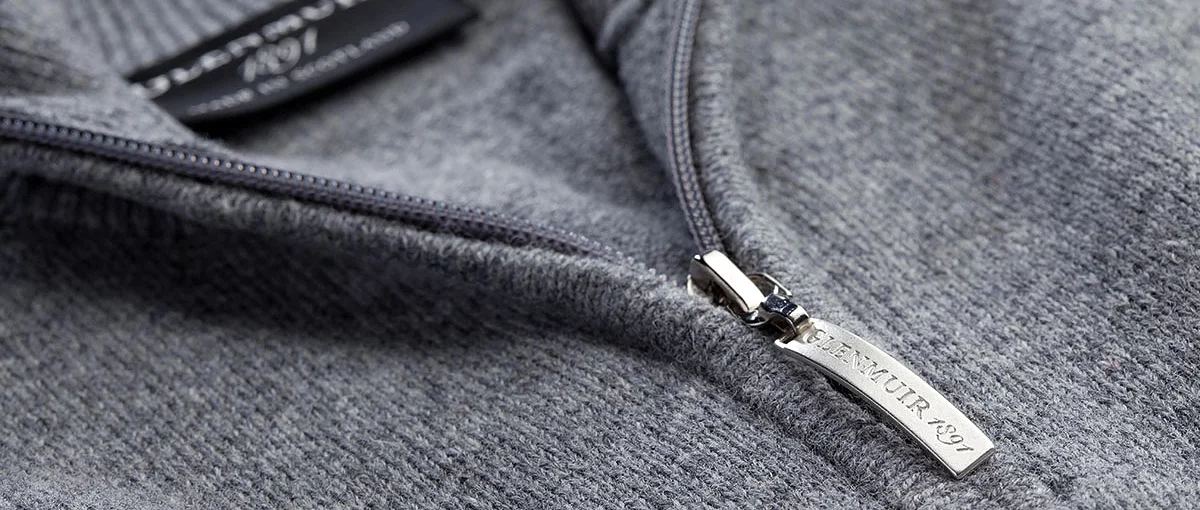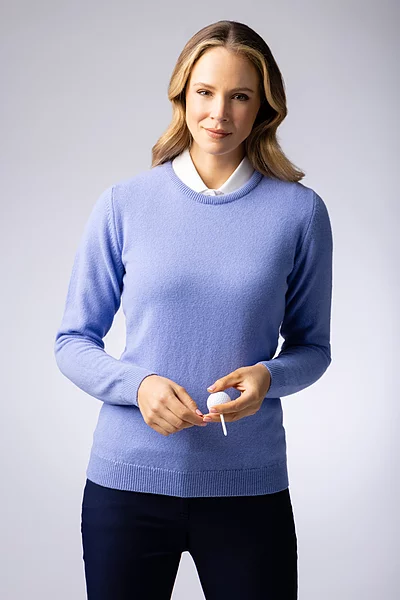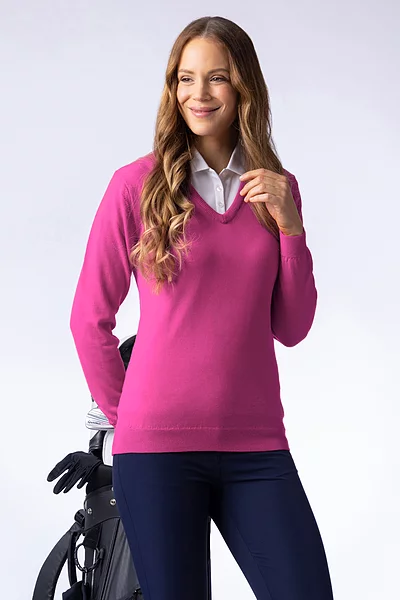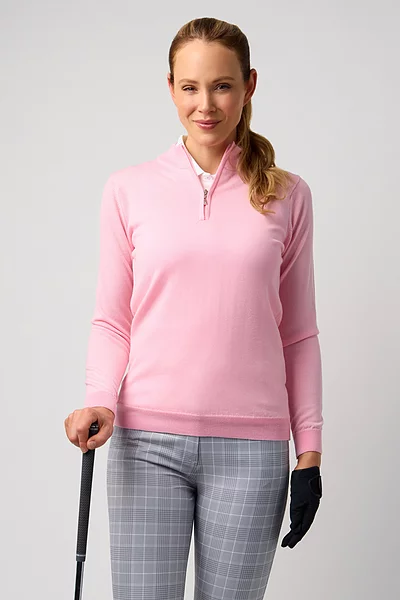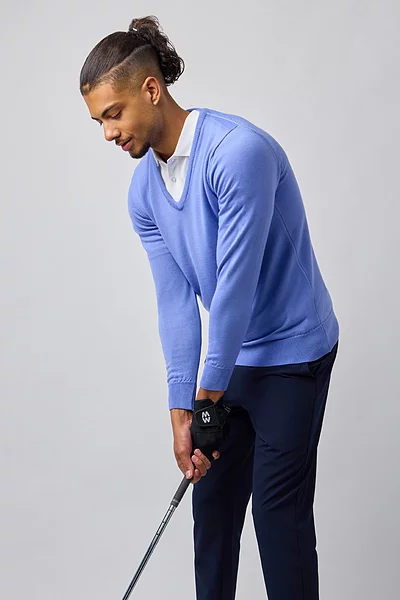Table of Contents
- Where Exactly Does Wool Come From?
- What is the Connection Between Australia And Wool Production?
- What is the Difference Between Merino Wool And Lambswool?
- How Does Wool Shearing Work?
- What Is The Manufacturing Process For Wool?
- FAQs
- Final Thoughts
Have you ever wondered where your cosy sweater or your plush scarf comes from? Well, it starts with pretty humble beginnings - from the natural and renewable wool fibres found on sheep and other animals.
But there's more to wool than simply shearing a sheep and weaving it into a textile. There's an entire process that needs to happen before it becomes the wool products you see in stores. So, if you want a deeper understanding of the A to Z of wool and where it comes from, then be sure to keep reading.
Where Exactly Does Wool Come From?Wool comes from the thick, luxurious coats of sheep and other animals. And what we love about it is the fact that it is an extremely versatile natural fibre, too! Sheep have a natural inclination to adapt to their environments and various climates. As a result, they usually grow a dense layer of fleece for the primary reason of protecting themselves from the elements. Sheep's fleece, also known as wool, is a natural insulator for these animals. During the colder months, the wool fibres trap air close to the sheep's body. This creates an insulating layer that helps retain their body heat and ensures they stay warm. Of course, this protects them from hypothermia and other ailments that may otherwise result from being exposed to cold temperatures. On the other hand, when the summer months roll around, their wool acts as a breathable barrier. It allows air to circulate freely and dissipate any excess heat. Not only that, but wool is naturally absorbent, so it wicks away any moisture from the skin. Thanks to these properties, sheep wool makes for a fantastic material for lightweight yet super cosy sweaters. For example, Glenmuir's collection of Men's Lambswool Sweaters and Ladies' Lambswool Sweaters are some of the most plush sweaters around! Plus, they'll keep you warm without causing you to overheat. |
What is the Connection Between Australia And Wool Production?
The connection between Australia and wool production is that Australia is the leader in global wool production. In fact, it actually yields a whopping 345 million kilograms of wool every year - 25% of the world's wool. With its wide, open spaces and favourable climate, Australia's sheep live pretty relaxed lives. And the quality of their wool reflects this!
What is the Difference Between Merino Wool And Lambswool?
Merino wool and lambswool are two distinct types of wool that are both high-quality and sought-after. Below, we've outlined the main differences between these two materials.
Merino
At the heart of the land down under's wool production is the Merino sheep, which is known for its superior quality wool. Of course, it should come as no surprise that this specific type of wool is known as Merino wool.
Merino sheep account for the majority of the Australian sheep population, and they produce extremely fine wool fibres that are around one-third of the diameter of human hair.
If you didn't already know, Merino wool also holds a revered place in the global fashion industry. This is because it has unparalleled softness, giving it an ultra-luxurious feel. If you want a taste of this lavish material for yourself, be sure to check out our collections of Men's Merino Sweaters and Ladies' Merino Sweaters.
 |
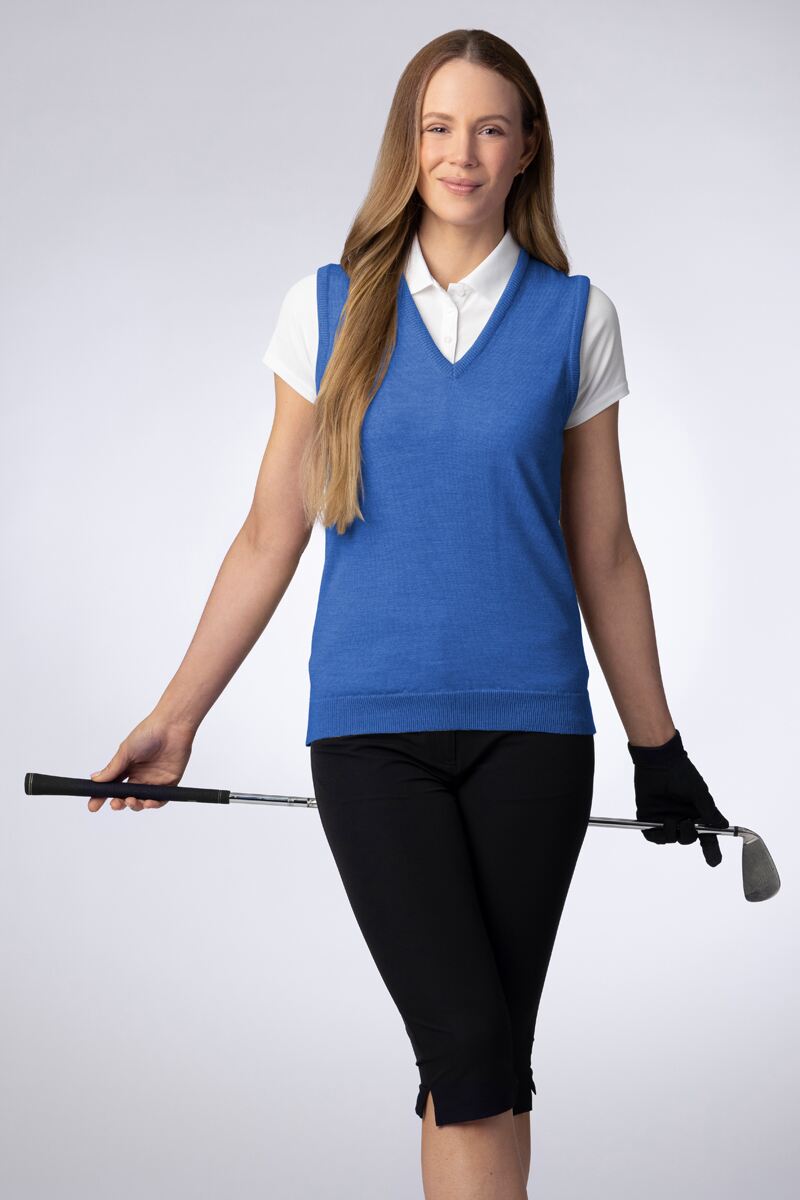 |
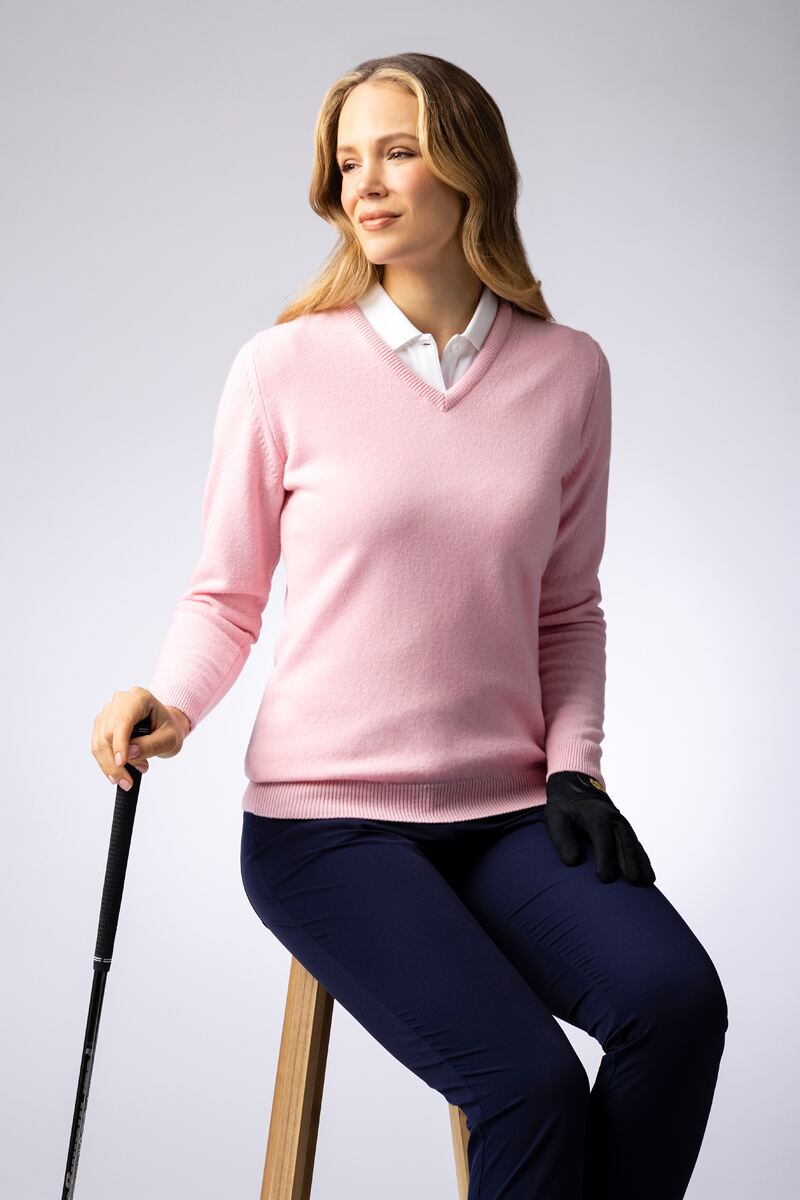 |
 |
Lambswool
Lambswool is the virgin wool that comes from the first shearing of a sheep. This is usually done when the sheep is around seven months old.
Generally, lambswool is known for being very soft, fine, and lightweight. This is what makes it so desirable for clothing and textiles.
It's also well-known for its warmth and comfort, making it a popular choice for sweaters, scarves, and other cosy winter garments.
How Glenmuir sources our wool
At Glenmuir, we take the quality of our products seriously. That's why we source only the highest-grade Merino wool and lambswool, with the softest fibres. And, to preserve the quality of the wool, we use eco-friendly, plant-based dye formulations for vivid colours that won't change the texture of your sweater.
If you want to learn more about our process, check out the video below. We'd love to tell you more about the 18 hours of craftsmanship that goes into each and every one of our sweaters.
It's not just a sweater. It's 130 years of heritage.
How Does Wool Shearing Work?
Wool shearing works by way of removing wool from the sheep. But shearing isn't just a routine task or a quick trim for sheep. Instead, it's a vital aspect of looking after the sheep and ensuring their health and overall well-being.
As we've already mentioned, a sheep's fleece serves as protection against the elements. But without regular shearing, it can quickly become overgrown, which leads to discomfort and health issues.
But how exactly does it prevent health issues, you may ask?
Well, when the raw wool is sheared, it improves the sheep's comfort and hygiene. Removing excess wool can reduce the chance of heat stress and the likelihood of sheep contracting nasty infections or parasitic infestations.
Although it may seem like an easy task, sheep shearing is actually a skilled craft that needs to be performed by highly-trained shearers using electric shears. If this process isn't properly carried out, it can cause a lot of harm to the sheep. For example, if the shears cut the sheep's skin, the open wound may be at risk of infection. So, it's best that this is left to the pros!
Generally, the frequency of shearing will depend on the type of animal or breed of sheep (and how often they produce wool that is ready to be used), as well as factors within its environment, such as the climate and season.
However, if you take a look at how often Australian wool is harvested, it can give you a good indication of just how often sheep need to be sheared. Usually, these sheep are sheared around once a year and all of the wool sold is then manufactured and made into textiles.
What Is The Manufacturing Process For Wool?The manufacturing process for standard and dyed wool has two prominent systems: the woollen and worsted systems. Each of these systems has unique processes and characteristics and plays an important role. This is especially true with regard to the manufacturing of different wool fabrics. The woollen systemThe woollen system is known for using shorter fibres to produce yarn that has a more textured and 'chunky' feel to it. This is because rather than using combing to refine the virgin wool, it uses a process called carding. Carding is a refining system that uses machinery to detangle fibres and mix them so that they can be further processed to create a wool textile. Because of this, the wool consists of softer, more lofty-feeling threads and retains more air. Generally, the woollen system produces wool like lambswool and Shetland sweaters, which are cosy and insulating - perfect for winter! The worsted systemThe worsted system is known for making smoother yarns and fabrics. This is because it uses longer wool fibres that undergo meticulous combing before they are spun into yarns. The yarn made by this process is fine yet much more densely packed, which makes it perfect for high-quality garments. The apparel made from worsted wool also usually has a sleek appearance. |
FAQs
What makes merino wool different from other types of wool?
Merino wool is different from other types of wool because it is usually softer, finer, and more luxurious than other types. It has a plush feel against your skin, and its natural insulating properties are able to keep you incredibly warm during the winters and cool in warm weather when you still need a light sweater.
Additionally, it has moisture-wicking properties and is breathable, which means it's ideal for a range of climates and activities.
Can wool be sourced from animals other than sheep?
Yes, wool can be sourced from animals other than sheep. In fact, the wool industry uses cashmere from cashmere goats, mohair from Angora goats, alpaca wool for alpacas, and angora wool from Angora rabbits. Since all of these materials have unique properties and textures, they're all vastly different from the look and feel of sheep's wool.
Oh, and did you know that you can also use camel hair to make wool? Interesting, right?
What are the benefits of choosing wool over synthetic fibres?
Choosing wool over synthetic fibres has numerous benefits, including breathability, moisture-resistant properties, and insulation. Wool is also eco-friendly since it's biodegradable and comes from a renewable source.
On the other hand, synthetic fibres are less breathable, which can cause you to sweat. But since they don't have moisture-wicking properties, that sweat is going to soak up into the fabric and cause unpleasant odours and unsightly stains.
Final Thoughts
From the uniqueness of Australian wool to the myriad of other wool types that are out there - this textile is as diverse as it is versatile. With fantastic properties, there's no wonder that wool is one of the most sought-after materials in the world.
So, whether you're snuggled up in a Merino wool sweater or you're spending time outdoors in a high-quality woollen coat, you now have a deeper understanding of where it comes from.
